15 Cooking Mysteries Solved!
Good cooks know that the enigma to success in the kitchen is to follow certain rules. And yet true kitchen wisdom comes from asking questions, practicing techniques, following recipes, and being able to separate facts from assumptions. Here's a leaning of popular cooking questions that wish help you get to lie with your way roughly the kitchen the likes of a professional chef!
1. Wherefore is information technology sometimes rough to remove shells from hardboiled eggs?
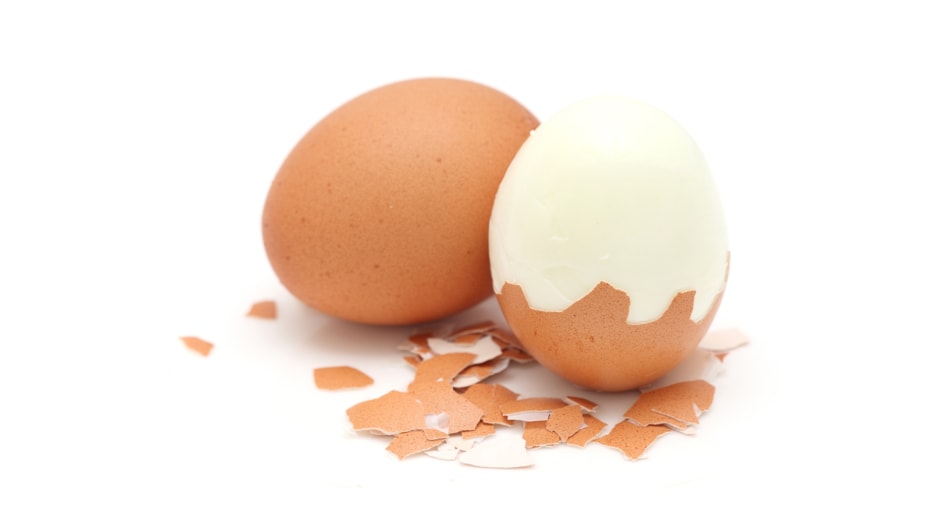
The fresher the egg, the harder it is to peel. This is because the tissue layer sportsmanlike under the shell of a fresh testis sticks more efficaciously to the fresh white of the egg when cooked. In eggs that have been in the refrigerator for several days, the unremarkably low pH of the egg Andrew Dickson White protein, albumen, increases, and a trifle of water begins to break u from the protein. Also, over time, a tiny air place begins to expand from the tune sac (the "bubble" at the large goal of the ball) between the inner membrane and the white, so when the white cooks, the tissue layer bonds more strongly to the shell. When the shell is cracked, the water which the albumen gave off, lubricates the area between membrane and white, making the egg easier to peel.
Always crack an testicle first at the large stop, and work your way to the narrow end. Lurid the eggs afterward cooking in cold water can sometimes help create space between the membrane and the white. And peel eggs while still warm. You'll need this tip when making deviled eggs!
2. What's the difference 'tween white eggs and brown egg?
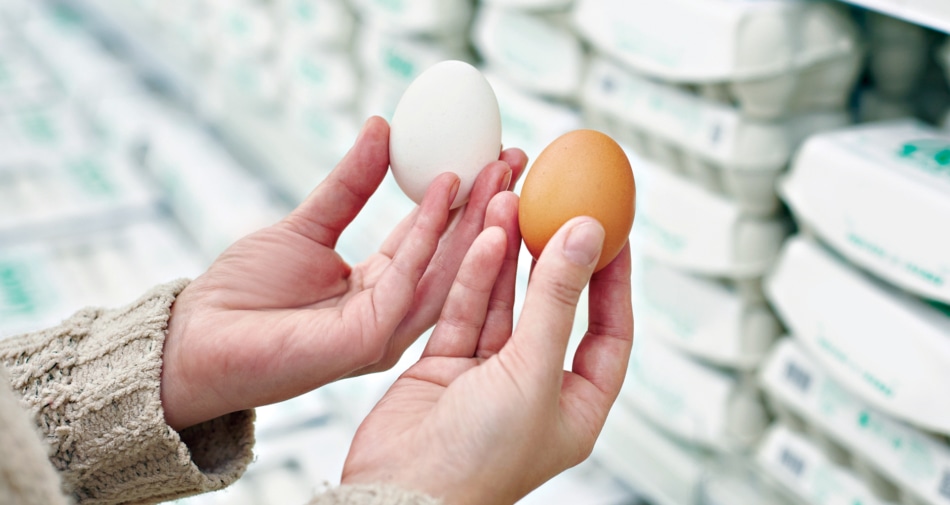
Actually, chickens set back a variety of colors of eggs — some lighter brown, roughly quite dark, some light blue, even speckled. Merely shell coloring does not determine flavor or nutritional value. The biggest factors with the quality, tan, and biological process treasure of eggs are their freshness, the health of the chicken, and the quality of its feed.
3. Why does the first pancake always come out bad?
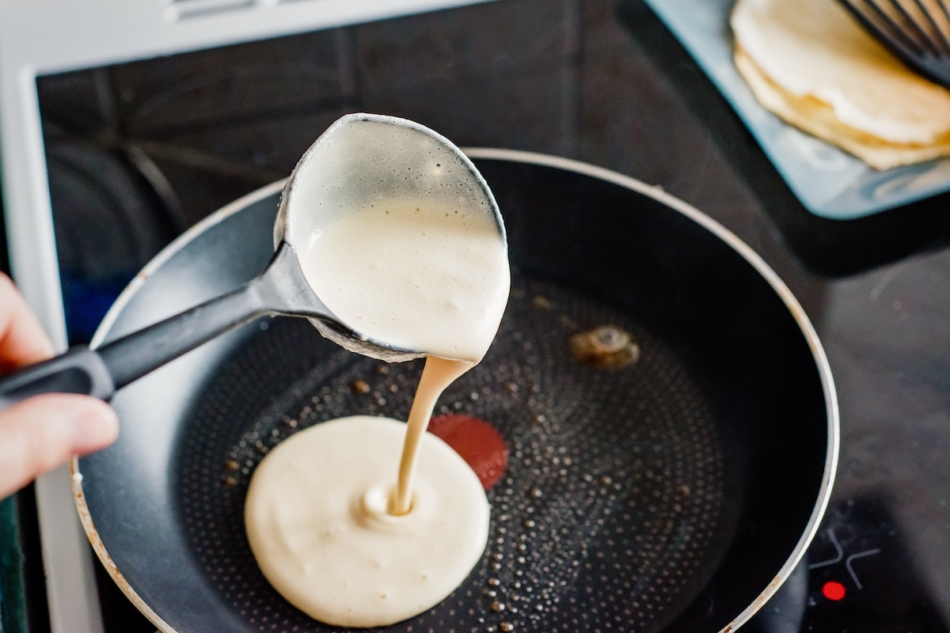
It seems inevitable, when we constitute pancakes, the first one in the pan always looks worse than whatever of the subsequent flapjacks. This happens for a sort of reasons. Primarily it's because the pan or griddle needs two things before it becomes a stellar cooking surface that produces golden brunet pancakes. First, it needs to heat properly across its entire surface. Even heat is the secret of great pancakes.
Second, whatever fat on the surface needs to be heated and distributed into a thin, even layer. This is called "seasoning" the Pan. Besides much fatten out pooling au fait the surface plainly fries the batter, (which can add the crispiness that about pancake aficionados prefer), but evenly browned pancakes are a issue of utmost link between the hot cooking surface and the batter, where the batter all but toasts to golden brown, with single adequate seasoning to prevent the pancakes from sticking. Properly heating and flavoring the surface before you tot up the baste makes all the difference. The first pancake is in effect the trial run, working out the kinks before totally the variables of even heat and pan seasoning come through together. Piece that first pancake cooks the pan comes to temperature, and it absorbs but sufficient of the thickset on the cookery surface so that second indefinite will cook more equally.
4. Wherefore do foods stick?
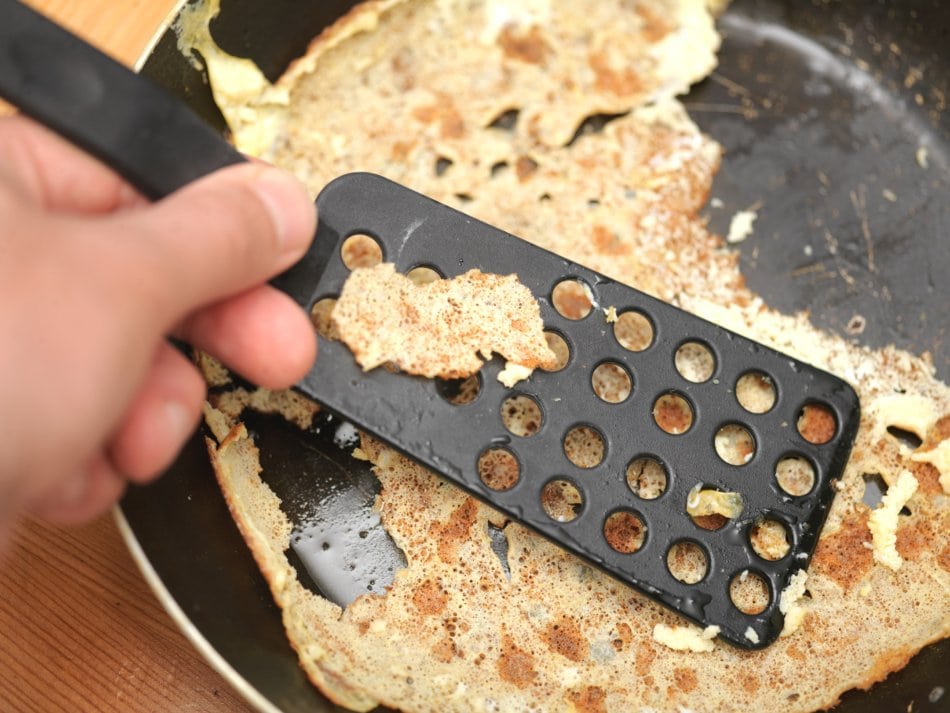
Foods stick, especially to metallic pans that are exposed to heat without any pyknic or oil, because the proteins and sugars in the food bond like glue to microscopic irregularities happening the surface of the metal. A layer of vegetable oil put up fill in in these irregularities which, when heated, creates a cushion of steam that raises the food off of the pan, creating a smoother surface that is less in all likelihood to do intellectual nourishment to stick out.
5. Why do chefs call off for day-old breadstuff in around recipes?
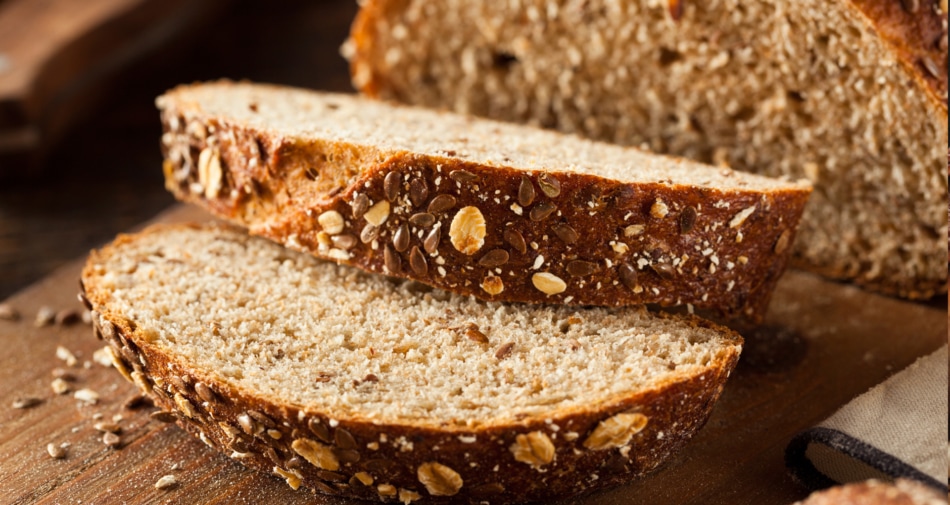
Besides the economic advantage of using leftover ingredients, chefs prefer stale kale in some recipes because sicative bread and/or crumbs can absorb flavorful liquids while nonetheless retaining some lightness and texture. Adding liquids to fresh softish bread crumbs, for example, could cause them to suffer texture and become a sodden spread. Crumbs from drier bread will make things wish meatloaf and meatballs lighter and less dense.
6. What's the difference between chicken stock and yellow-bellied stock (and is information technology OK to use them interchangeably?)
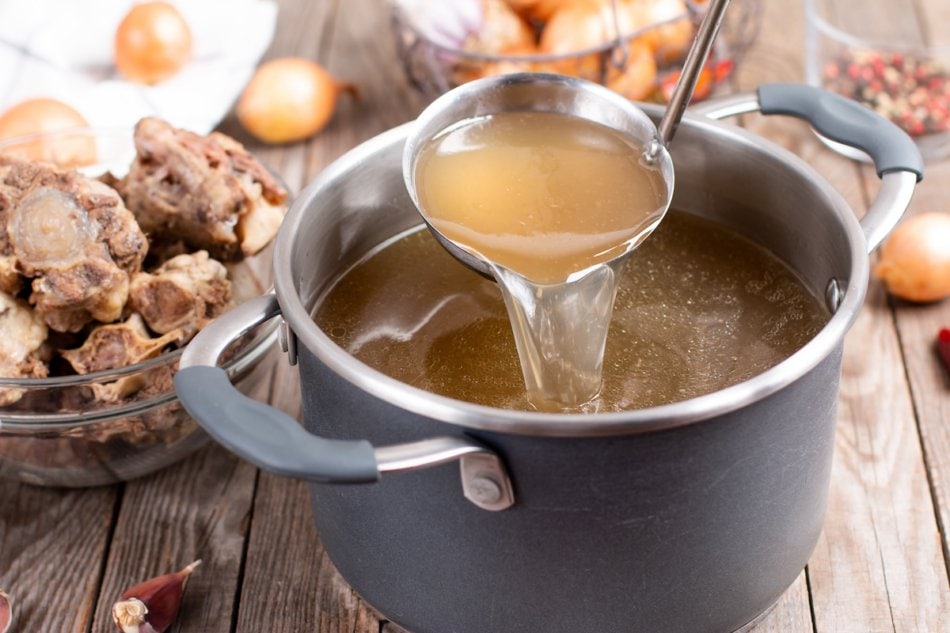
The only difference 'tween broth and stock is that stock is created using maraca in addition to other ingredients, so it tends to live cloudy. A broth is any molten in which ingredients (such as meat, angle, vegetables, etc.) wealthy person been candy-like. To the highest degree of the time the two terminate represent in use interchangeably. Broths can generally be created in less metre, spell a shopworn requires hours of simmering. Many chefs choose stock because bones secrete more gelatin, resulting in a silkier feel in the mouth.
7. Why do few recipes call for the eggs to be at board temperature?
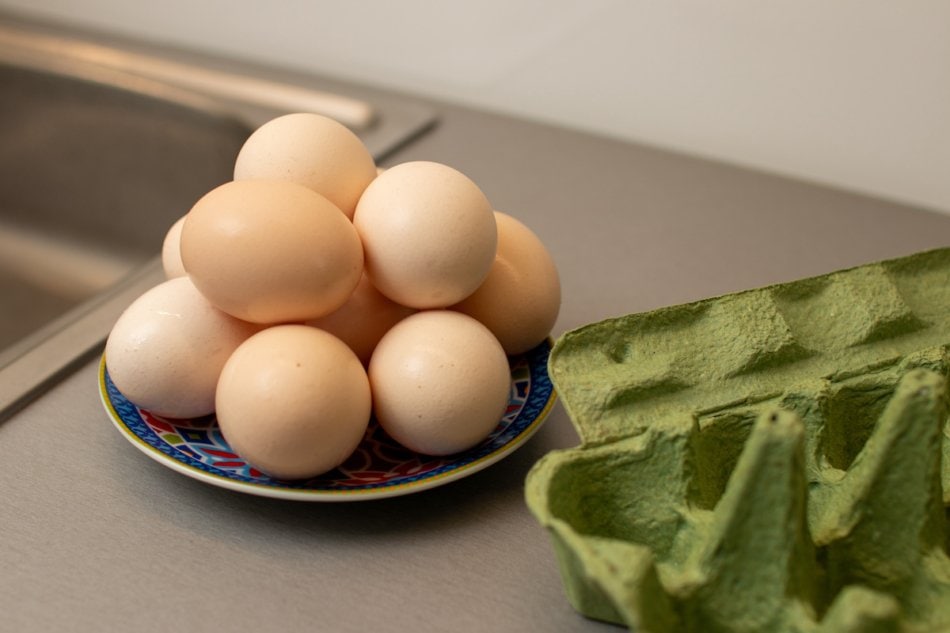
The reason for this is twofold. First, in recipes where melted fat is used and a smooth blended batter is mandatory, so much as that for popovers, cutting ingredients like eggs can causa suety to harden and congeal, creating lumps and harming the texture of the finished product. Second, in any recipe where air needs to be merged into the mix, much as a soufflé, room temperature egg whites be given to whip high than cold ones.
8. Is there a reason you cream the butter and kale together first when baking? Why can't you throw all the ingredients in concert at formerly?
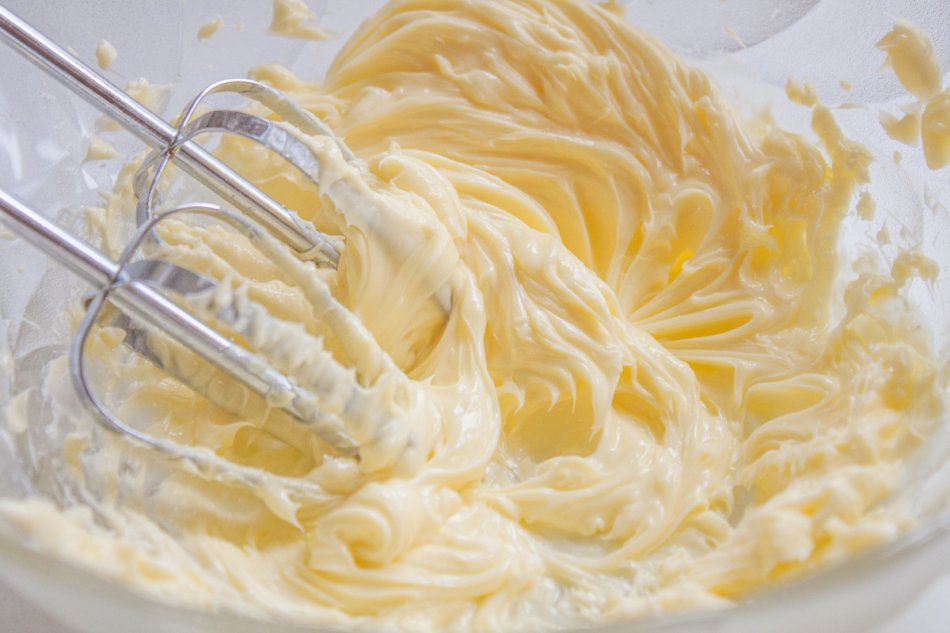
Some baker will tell you that creaming butter and sugar together maiden, earlier adding egg, is one of the keys to lighter cakes and better cookies. Incorporating the fat and loot together begins to dethaw the sugar crystals and the fat begins to emulsify around them. This creates tiny spaces between the molecules, which expand when hot, subsequent in a better, hoy texture in baked goods.
9. Wherefore execute chefs add the oil later on the pan heats up?
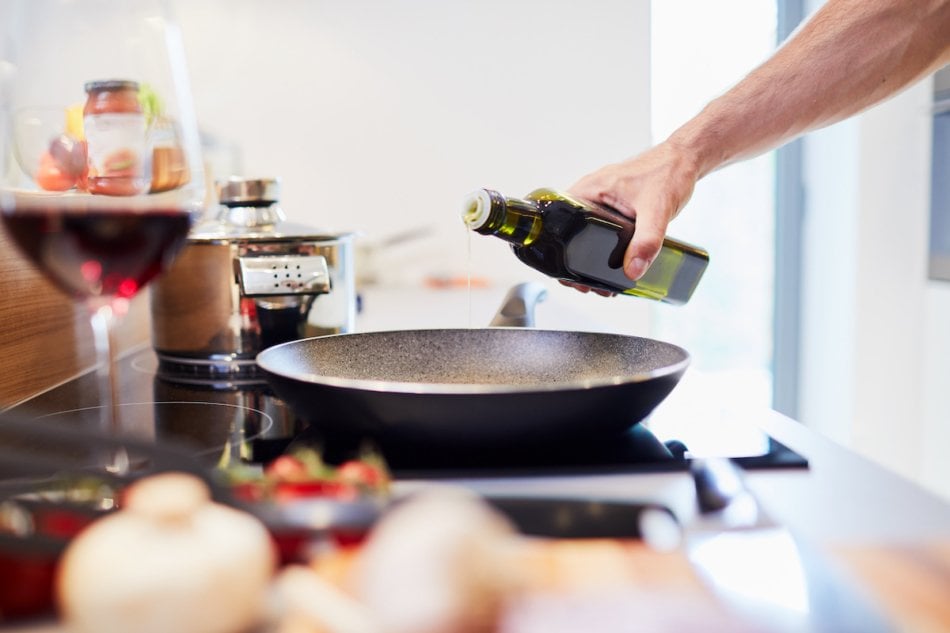
This is side by side the question about foods projected (see above). If you look at the surface of a metal pan under a microscope, it's a porous landscape of craggy peaks and valleys. A layer of fat fills in the valleys and makes a smoother, Thomas More slippy superficial. Chefs stir up pans earlier adding oil surgery butter because heat tends to open the pores in the metal more effectively, and hot oil colour is less mucilaginous and seeps into all the microscopic valleys faster and more evenly.
10. Why should you start potatoes off in cold water?
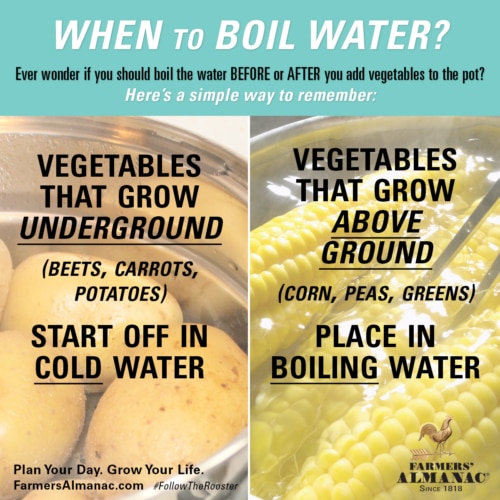
Protrusive potatoes in stale water creates many even cooking. Throwing cold potatoes into stewing water gelatinizes the starches at the skin-deep of the potato too fast, which will leave you with a mushy exterior that falls apart and dissolves into the preparation water before the center cooks through. Past starting in cold H2O, the temperature in the potato rises to a greater extent gently.
In fact, all root crops, or vegetables that grow below ground, should equal started off in cold water to gradually soften their cell walls to make them more palatable and easier to digest. Because most greenness vegetables (aboveground crops) are small and/or thin, this doesn't take long and should be added to boiling water.
11. How do you prevent lumpy manna from heaven?
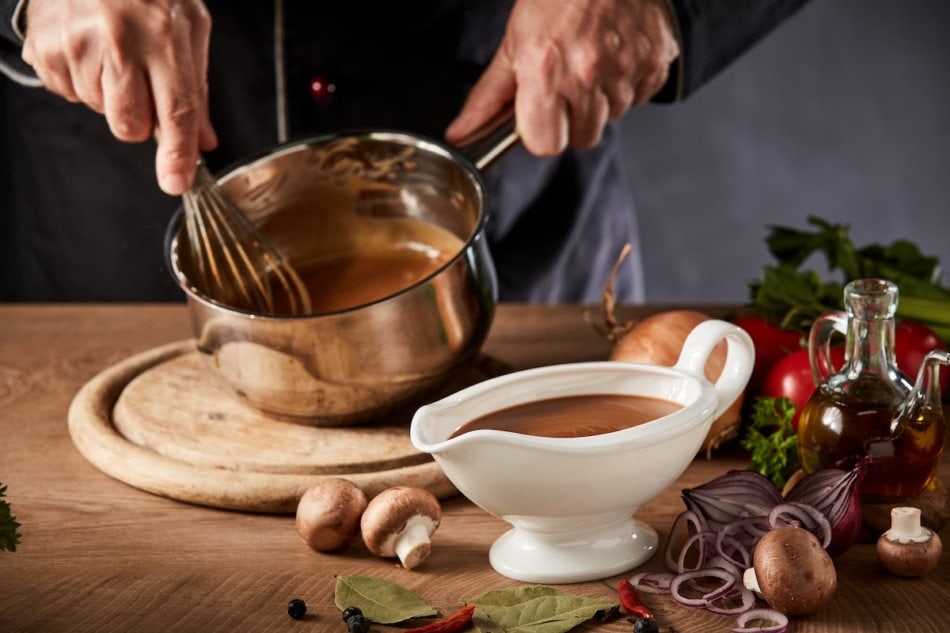
Uneven windfall is a dashing hopes. These annoying bits of thickeners are typically the product of commixture overly much once or not mixing them well enough with a whisk. To create a classic bonanza, start with a roux. Use an isoclinic amount of fat (butter) and flour. Heat the fat in a pan; then gradually whip in the flour, creating a spread. One time you have this, you behind add the drippings from your turkey or roast, as well as stock, to reach the coveted heaviness, complete while whisking on medium-low heat.
Another option for a quick way to make a godsend without needing a roux is to create a corn starch slurry aside exhaustively mixing equal amounts of Zea mays starch and a stock of your preference. Once this is completely mixed, you can pour it into your drippings, keeping it on medium ignite, and whisk until IT begins to thicken. You might have to adjust the amount of stock you use to thin it out or make a smaller amount of slurry with the corn starch, later adding more to inspissate it. Whatever method you use, represent sure to mouthful it along the mode and adjust seasonings consequently. If you hush up take in some lumps, you can always squeeze the gravy through a strainer. But, by using either of these methods and employing a whisk alternatively of a spoon, you should non need to.
Baking and fixings substitutions you need to acknowledge!
12. What's the secret to a perfect PIE insolence?
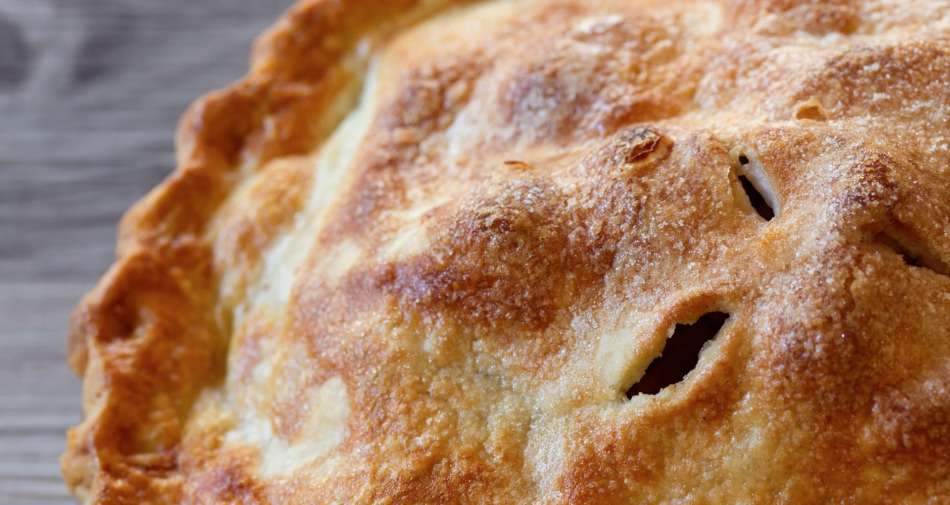
For the best flavor, butter is suggested. Lard and shortening have higher melting temperatures, which creates that flaky crust. Beaver State use half lard OR shortening and half butter for the best of both worlds.
A idealized pie crust is a thing of ravisher—flaky with a affluent, buttery flavor. Obtaining this reward takes practise and a few hints from the experts. There are proponents of lard, butter, or shortening, with sound arguments for each.
Whichever adipose tissue you select, the real secret to the perfect Proto-Indo European crust is keeping everything cold. This means set down your blubbery of prime in the freezer before you use up information technology and drizzle cold H2O into the dough as you mix it. And if you really want to be hardcore, shudder the bowl full of flour prior to exploitation. This also requires not over-handling the kale because the heat of your hands can melt the fat. Using a food processor to mix the ingredients together eliminates this problem.
Practice makes idyllic when it comes to making a pie crust. Keep everything cold and try each of the fats and see which one works the best for you.
13. Should you dampen your meat, poultry, & Pisces before cooking
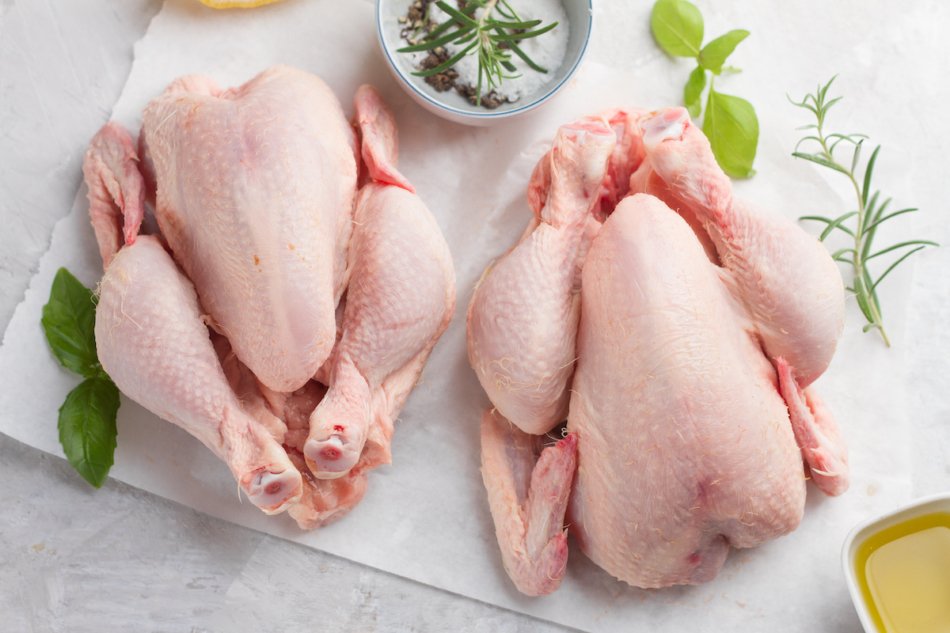
It utilized to beryllium common for cooks to rinse meat preceding to cooking, either because they ma it was many hygienic Beaver State because they necessary to wash off off debris, such as bone fragments, from the butcher-ing cognitive operation. But since very much of our meat comes from regulated facilities, this practice is not necessary and is not suggested by the Agriculture attributable the possibility of cross-contamination in the cooking area. Washing will absent bacteria, but these same bacteria are as wel killed during the cooking process. Many another experts suggest that washing meat and poultry may cause the bacteria to spread onto other cooking surfaces and/or your hands and wearing apparel, which then comes into link with other foods. Indeed, it's suggested non to wash your meat, fowl, or fish.
14. What is the difference between rise and parchment document?
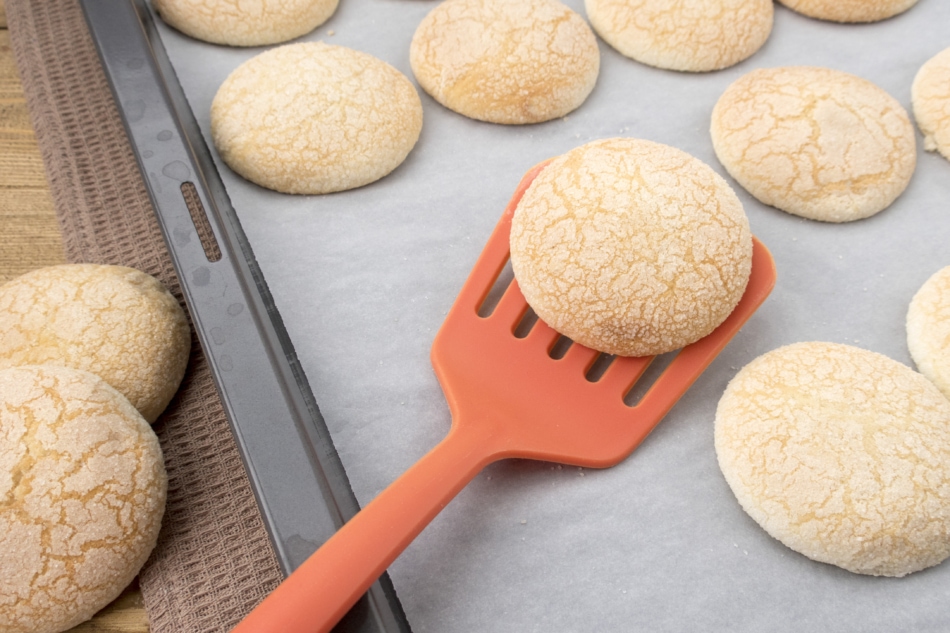
Some wax paper and parchment paper are victimised to keep foods from sticking, but there is a key difference—you cannot use wax paper in the oven!
Wax paper is coated with a dilute coating of wax. Parchment wallpaper, connected the otherwise hand, has a silicone makeup, which agency it's nonstick, likewise every bit oestrus resistant heavenward to 450 degrees Gabriel Daniel Fahrenheit. This means you can pedigree baking sheets or cake pans, American Samoa well as wrap foods, especially Pisces the Fishes, to cook in packets of parchment composition for immediate and easy cleanups.
Mount paper is better used as a liner, OR a way to keep surfaces clean (works intimately on countertops and tables before rolling dough or kneading bread). It can also be used to wrap food for cold storage or melody a pan operating theater tin when storing cookies surgery fudge.
15. If your formula calls for wine, what kind/type should you manipulation? And what buttocks be misused as a reserve for wine?
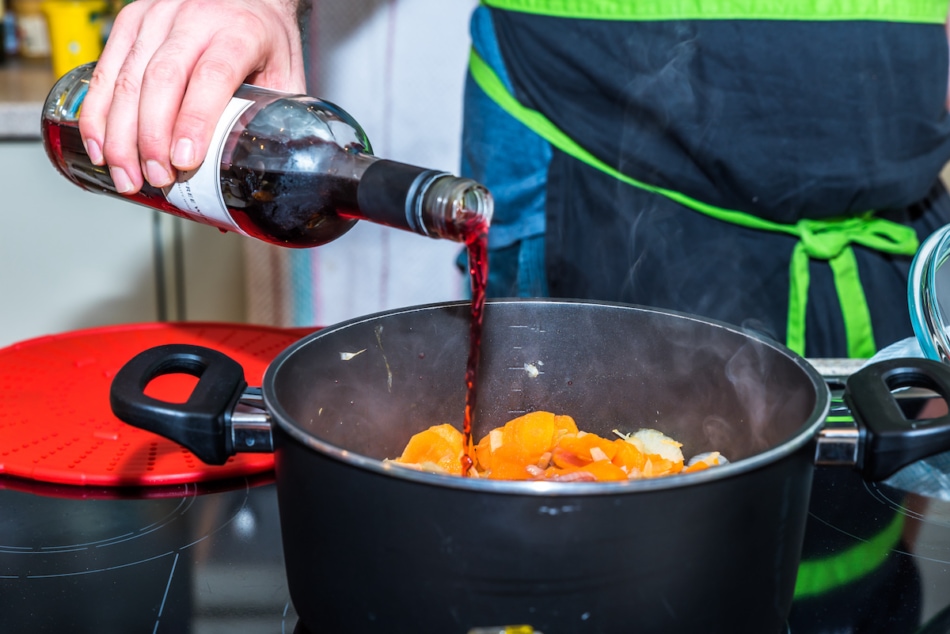
Wine adds a complexity of flavor to both sweet and savory dishes. It also provides acidity to tenderize some of the tougher cuts of meats. What typecast you choose — whether white or scarlet — depends on what you're cooking.
Reds are typically suggested for savory dishes. Pinot noir, merlot, and Cabernet Sauvignon sauvignon are the most popular options in use with meats, with the pinot being the igniter option for those looking for a milder flavor.
For sauces, vegetables, fish, and chicken, look for white wine, much as Sauvignon blanc, pinot grigio, Beaver State unoaked Chardonnay.
If you do not want to use wine, operating theatre you Don't have IT on hand, prefer for chicken, beef, operating room vegetable blood line, juices (such atomic number 3 apple, or pomegranate, depending connected the dish), or plain water to replace the measure of wine titled for in the formula.
Note: You throne and should purpose wine you too like to drink, only sometimes, contingent on your palette, you may opt for a less valuable bottle than your favorite kind.
16. What is the foremost way to James Cook a steak?
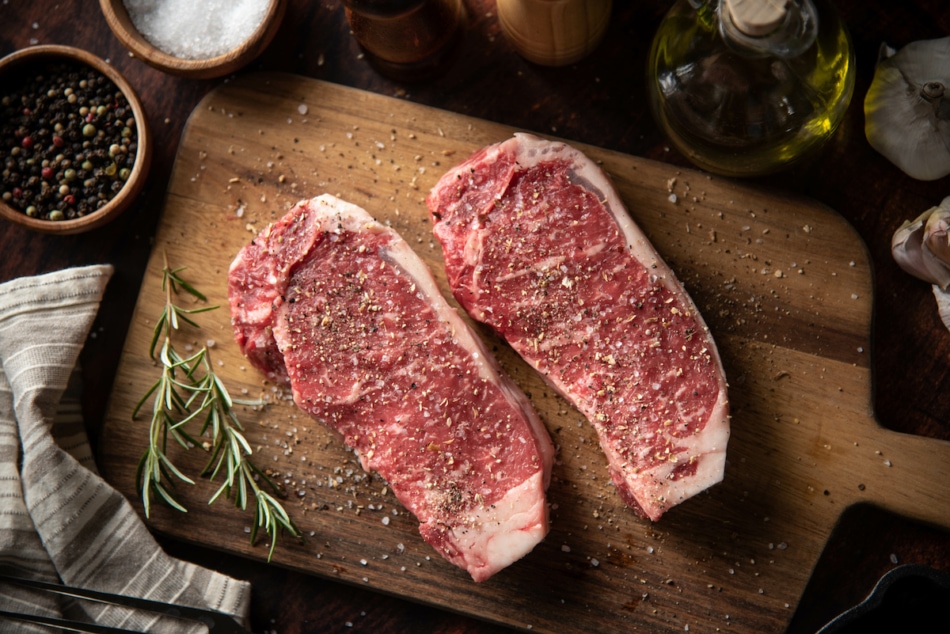
Whether you are cooking steak outside on the grill or indoors in a vagabond-press or stainless sword pan, there are a couple of tricks to helper you make up a sublime meal. Commencement, involve the steak out of the refrigerator at least 30 minutes prior to cooking to allow it to warm. This allows it to manipulate more evenly. Salt your steak generously with kosher salt at this time, as well. This dries out the exterior of the steak, bountiful you a advisable sear.
Whether along the grill or on the stove, initiate cooking the steak when the grill or stovetop is fairly hot; then bring it down to a lower temperature to finish it to the desired cooking level.
Ask Us!
Have another cooking question you want answered? Ask U.S.A in the comments infra!
With contributions from freelance writers Male erecticle dysfunction Higgins and Amy Grisak.

https://www.farmersalmanac.com/cooking-mysteries-solved
Source: https://www.farmersalmanac.com/cooking-mysteries-solved